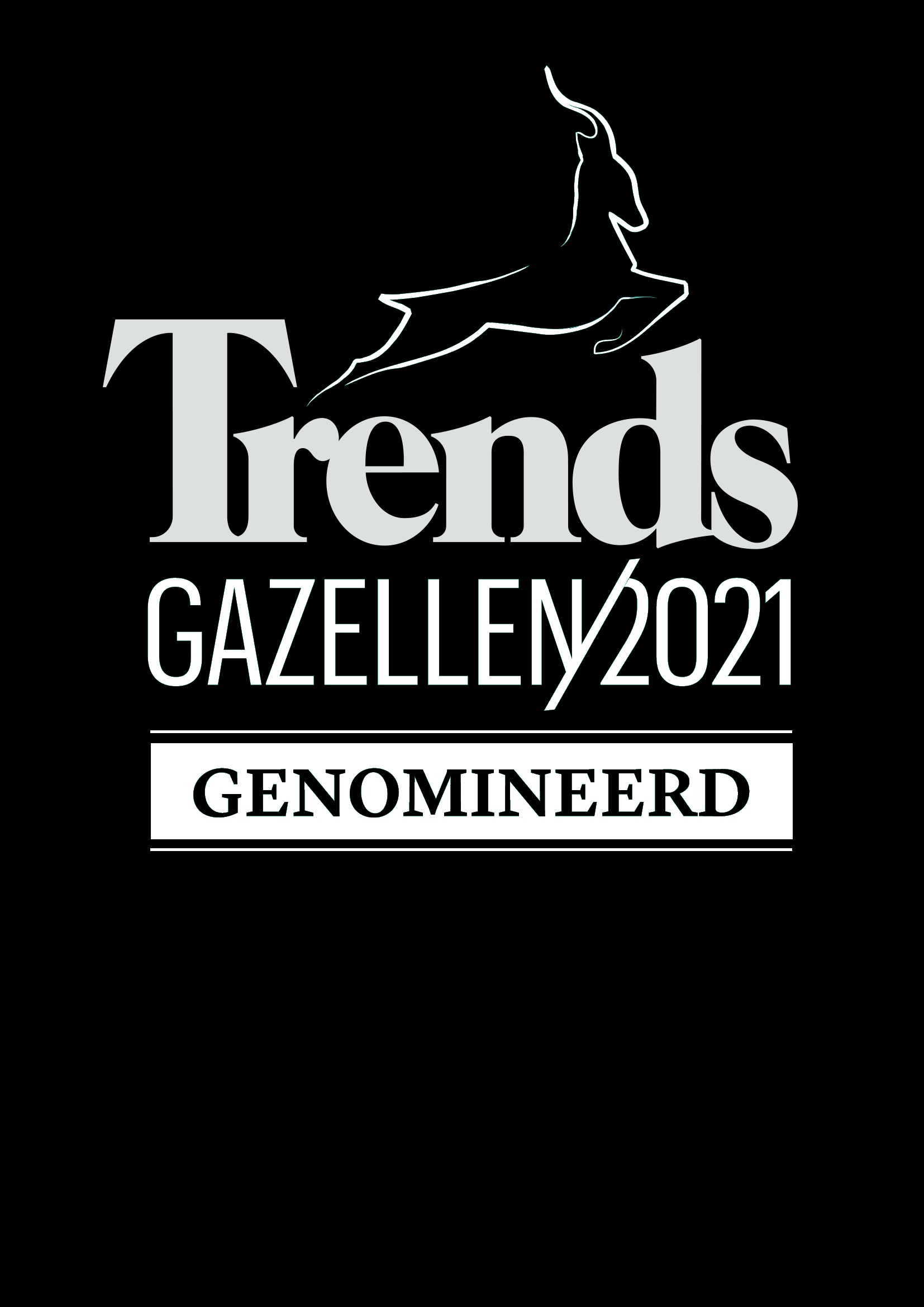ShinyProxy Christmas Release
ShinyProxy is a novel, open source platform to deploy Shiny apps for the enterprise or larger organizations. Since our previous blog post five releases took place, so it is time to provide the ‘state of affairs’ before venturing into the New Year. Kerberos and Co To some Kerberos is a multi-headed dog that guards the gates of the Underworld. To others it is enterprise technology that protects corporate networks and offers single sign-on for network services.

